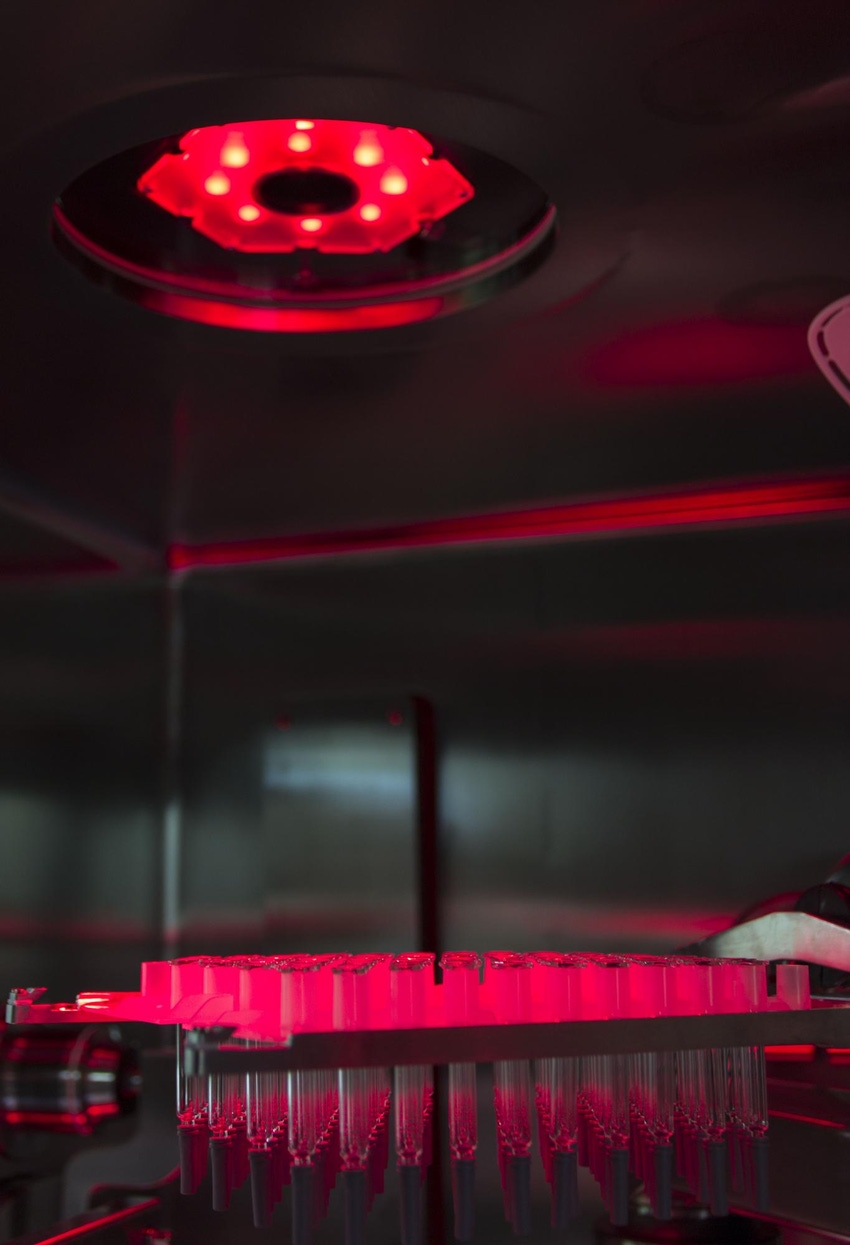Partnering to Package "Breakthrough" Medicines
March 2, 2016

A group of technology providers are coming together to get new medications to market more quickly. Organized by aseptic filling systems provider Vanrx Pharmasystems, the Matrix Alliance features inaugural members ARaymond Life, Daikyo Seiko, Datwyler Group, Ompi, Schott AG, Schott Kaisha, and SiO2 Medical Products. According to a company statement, their “mission is to bring to market complete and compelling solutions for aseptic filling, consisting of nest, stopper, cap, and filling machinery to accelerate the adoption rate of breakthrough medicines.”
PMP News spoke with Greg Speakman, Vice President, Sales and Marketing at Vanrx Pharmasystems, who says: “Bringing the partners together helps the process come together more quickly. We would get questions about the compatibility of components with our systems, so the market needed more information. We brought the group together to be able to answer this need. By doing things proactively, it really accelerates the ability of pharmaceutical companies to get products to market.”
Today’s pharma breakthroughs are reportedly in need of processing breakthroughs. “When we look at the pharma companies’ development pipelines, we are seeing a different mix of products than we did 6 to 7 years ago,” Speakman says. “Vanrx founders saw this mix, particularly with biologics, cell therapies, oncology drugs, and personalized medicine. There is a higher number of meds for smaller patient populations. The trend is leading toward machines [that can handle] smaller volumes and many different products.”
Higher handling precision is also required. “With cytotoxic medicines, the right dose is beneficial, the wrong dose is detrimental,” he says. “People must be completely isolated from these drugs during processing, keeping dangerous compounds inside and away from operators, while keeping contaminants out.”
There’s also a need for a new approach to packaging components, driving interest in nested solutions. Processes require a “specific configurations of components going into nests,” explains Speakman. “With different products—vials, closures, etc.—you need collaboration to happen.” As part of the alliance, members will leverage the testing and certification of their combined offerings.
“By designing components and systems to work together efficiently, it’s an enabler of complex drug manufacturing—it allows drug companies to focus on the quality of the product inside the container, and not on container processing,” he adds.
For instance, “cleaning isn’t value-added,” he adds. “Having nested components and robotics work together knocks down the amount of work needed.” Nested systems “arrive at customer sites ready to use,” he says.
Members have reached an agreement to work in four key areas:
Testing of new pre-sterilized container and nested closure systems for parenteral (injectable) medicines.
Ensuring the compatibility of components from different members.
Driving industry awareness of those solutions.
Collaborating on industry education regarding new medicine packaging solutions.
When asked how the members were chosen, Speakman says that “the vast majority of customers were working with these suppliers already. We’ve already done a lot of work on initial compatibility testing with common customers for well over 6 months.”
Speakman believes that the approach will promote “state-of-the-art technology,” saying use of “nested components enable advanced technologies like robotics to function with precision. Gloveless fill-finish systems isolate the product from human involvement, with supporting technologies such as machine vision preventing the spillage of medicine, or determining whether a container is flawed.”
Next steps for the alliance include announcing “a number of product sets that work together to meet preset requirements for compatibility and integrity,” says Speakman.
The group will also be focusing on education and communication. “We are getting questions on the performance of components, such as container closure integrity. The alliance will allow members to provide information on pretested components, giving customers confidence up front. This information includes the compatibility of components working together, the compatibility of Vanrx filling systems with these components, and basic closure integrity testing data," he says.
*********************************************************
Interested in empowering patients with next-generation wearables, using technology to improve patient outcomes, and designing user-centric products? Don't miss the conference at BIOMEDevice April 13-14 in Boston.
About the Author(s)
You May Also Like




